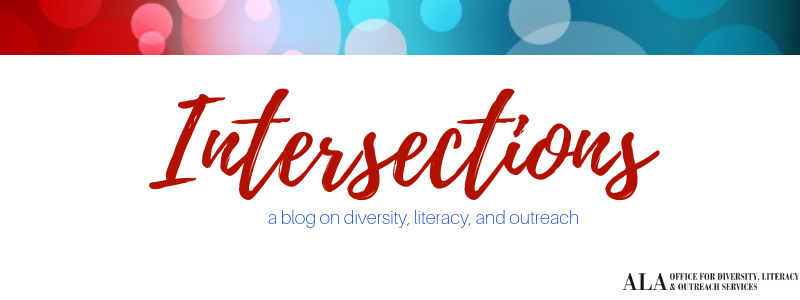
By: Tommy Vinh Bui, Teen and Adult Services, Los Angeles County Library
Long have I found myself adrift in a constantly roiling strait of changing cultural identities and blurry borders of personal allegiances. I’m the child of Vietnamese refugees and grew up in the largely Spanish-speaking neighborhood of Pacoima and have found myself serving as a librarian in an array of vulnerable communities throughout my career. My most recent stint as a librarian is in the city of Inglewood. Inglewood is currently undergoing an economic renaissance but wrests with urgent issues of displacement and gentrification. My one unwavering mandate is to provide access and reliable information for all. I’ve seen firsthand how communities are changing and evolving day by day and how libraries are becoming ever more cognizant of how critical it is to keep pace with these swift societal changes. Demographics are changing in terms of race, class, gender and countless other intersectionalities. It’s of utmost importance that the next wave of librarians and library staff reflect on the diversity of these communities and the stages of intense flux and change.

The challenge that the library field has grappled with historically has been recruiting and retaining a more diverse workforce that is innately sensitive to the specific needs of a certain community. The library profession has recognized this shortcoming and reams of studies have been commissioned to scrutinize this particular problem of the lack of diversity and bolster the notion that a diverse librarian workforce is critical to providing equitable and inclusive service to the public. The lack of diversity in library staffing has proven negative effects on providing impactful services to traditionally marginalized stakeholders and can be viewed as just another systematic obstacle to delivering quality library resources and services to the communities most in need. Many libraries have included diversity as a core value in their overall strategic plan, but according to an American Library Association statistic, eighty-eight percent of credentialed librarians are white which is hardly reflective of the population largely served today and not exactly a paradigm of social inclusiveness.

The dialogue on diversity is transpiring and it’s spiriting to see that momentum is being produced in terms of actively addressing the issue. Agencies are collaborating and creating task forces to advance the cause of racial equity and increasing opportunities within librarianship for underrepresented groups. Groups such as the Government Alliance on Race and Equity and several professional ethnic affiliates that thrive alongside the American Library Association. These initiatives have come into fruition not a moment too soon. As studies show that a diverse staff invigorates and strengthens an organization and energizes internal operations. The success of an organization is diminished when it cannot include a full chorus of voices and perspectives that fall within a rich kaleidoscope of demographics and cultural and social backgrounds. A group that struggles to look beyond their own silo of backgrounds will create an echo chamber of obsolescence, and that’s the surest way to guarantee that an organization is left in the dust of a multi-cultured and vibrant society propelling itself forward with diversity as its modus operandi.

Other initiatives and programs that have been created to address the problem of the dearth of diversity in librarianship are library youth mentoring programs, internships and fellowships, and library residency programs. These programs are specially crafted to increase diversity by preparing young people of color for potential careers as information professionals. These programs recruit bilingual youth of various cultural and social backgrounds and pair them with professional mentors. Programs like these help to portray librarianship as a viable career path to underrepresented youths along with providing them with strong professional skills and connections. These types of programs are also successful in that they create lifelong advocates for libraries and library services and empower them to the civic importance of a diverse library staff. Also, residencies and internships provide crucial financial support and professional development opportunities for underrepresented groups considering graduate school.

To achieve greater strides in diversity and inclusiveness in the library sphere, institutional change is required along with implementation on a municipal or state level to evoke any lasting or structural change to the barriers of underrepresented groups entering the profession. But any step in the right direction is meaningful no matter how seemingly inconsequential. Even creating a safe space for constructive conversations about race and open dialogues about hiring practices can have a larger positive effect down the road. The problem can’t be addressed until it’s identified candidly. It can be a tough conversation to have but it’s a conversation that needs to be proactively broached.
